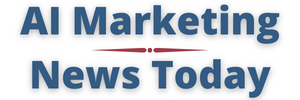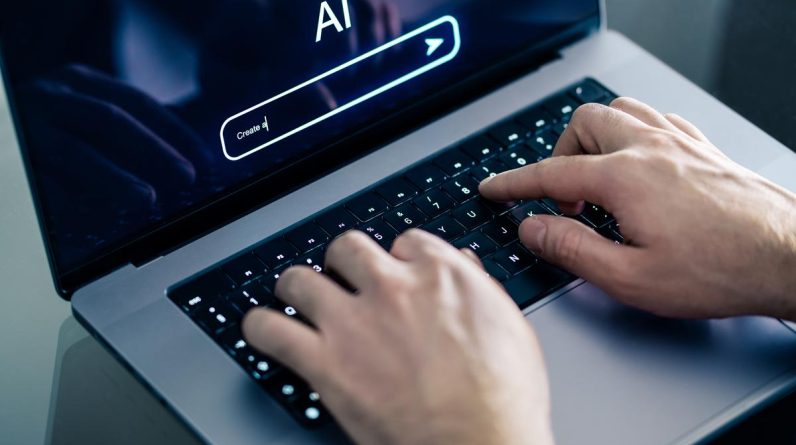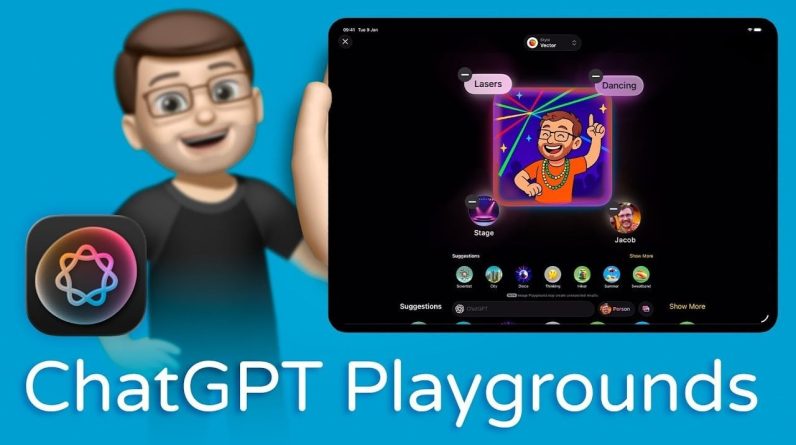
Ever feel like UI/UX design projects take forever to get off the ground? Between building design systems, creating prototypes, and making sure consistency across screens, the process can feel like an endless uphill climb. The good news? AI is here to change the game. With tools like ChatGPT, UX Pilot, and Lovable, designers can now automate tedious tasks, streamline workflows, and save months of effort—all without sacrificing quality. Whether you’re a seasoned designer or just starting out, this guide by AI Tooltip will show you how AI is transforming the way we approach UI/UX design, making it faster, smarter, and more efficient.
In this tutorial, you’ll discover actionable strategies for integrating AI into every step of your design process. From automating the creation of cohesive design systems to generating high-fidelity prototypes in record time, AI Tooltip breaks down how to use innovative tools to maximize efficiency and scalability. You’ll also learn practical tips for improving collaboration, making sure consistency, and future-proofing your designs. By the end, you’ll not only understand how AI can transform your workflow but also feel empowered to focus on what truly matters—creating innovative, user-centered designs.
Automating Design System Creation
TL;DR Key Takeaways :
- AI tools like UX Pilot and ChatGPT automate design system creation, making sure brand consistency and saving significant time.
- AI enhances ideation and planning by generating project briefs, sitemaps, and layout options, streamlining the early design phases.
- High-fidelity UI screens and prototypes can be created rapidly using tools like Lovable, maintaining adherence to design guidelines.
- AI simplifies documentation and handoff by generating detailed user journeys, design rationale, and technical documentation in minutes.
- AI-driven workflows boost efficiency and scalability, allowing quick adaptation to new requirements and future-proofing designs.
Developing a cohesive design system is often one of the most time-intensive aspects of UI/UX design. AI tools like UX Pilot simplify this process by automating the creation of design systems, reducing what once took months to mere minutes. By training AI on platforms like Figma, you can ensure consistency across screens and projects. For example, you can input your brand guidelines, and the AI will generate reusable components, color palettes, and typography systems tailored to your specific vision. This automation not only saves significant time but also ensures that your designs remain aligned with your brand identity. By eliminating manual inconsistencies, AI-driven design systems enhance both the quality and efficiency of your workflow.
Enhancing Ideation and Planning
The ideation and planning stages are critical to the success of any design project but can often be time-consuming and resource-intensive. AI tools like ChatGPT are transforming these early phases by offering practical solutions to streamline the process. With a simple prompt, ChatGPT can generate project briefs, propose sitemaps, and outline feature requirements. For instance, it can suggest multiple layout options or refine existing ideas to better align with your project goals. This ensures that your design vision is clear, actionable, and ready for execution. By reducing the risk of missteps during the planning phase, AI enables a smoother transition into the design and development stages.
Powerful UX/UI AI Design Workflow Overview
Gain further expertise in AI-Driven UI/UX Design by checking out these recommendations.
Accelerating UI Generation and Prototyping
The creation of high-fidelity UI screens and functional prototypes is a cornerstone of modern design workflows. AI tools like Lovable are transforming this process by allowing rapid generation of interactive prototypes. Imagine being able to produce a complete set of mobile app screens, complete with interactive elements, in just hours rather than weeks. These tools also ensure adherence to predefined design guidelines, maintaining consistency across your project. By automating the prototyping process, AI allows designers to focus on refining user experiences and addressing specific project needs, rather than spending excessive time on manual tasks.
Streamlining Documentation and Handoff
Effective collaboration and project handoff rely heavily on clear and comprehensive documentation. AI tools such as ChatGPT can generate detailed user journeys, design rationales, and technical documentation in a fraction of the time it would take manually. These materials can be exported in various formats, making sure that all team members have access to the information they need to move forward confidently. By automating the documentation process, you minimize the risk of miscommunication and keep your project on track. This not only enhances team collaboration but also ensures that the final product aligns with the original design vision.
Boosting Efficiency and Scalability
AI-driven workflows are not just about saving time—they also enhance scalability, allowing teams to adapt quickly to new requirements or feature updates. For example, if your product requires a new feature, you can update your design system and regenerate the necessary screens in a fraction of the time it would take manually. This adaptability ensures that your designs remain future-proof and capable of meeting evolving user needs. By automating repetitive tasks, AI enables designers to focus on strategic decision-making and creative problem-solving, ultimately leading to more innovative and user-centric designs.
Practical Tips for Integrating AI into Your Workflow
To maximize the benefits of AI in your design process, consider the following best practices:
- Use tools like Mobbin for real-world design inspiration to guide AI-generated outputs and ensure relevance.
- Adopt clear and consistent naming conventions for Figma components to improve AI training and maintain uniformity across projects.
- Use AI tools to test and refine user flows, validating usability and making sure that user goals are met effectively.
- Regularly review and update AI-generated outputs to align with evolving project requirements and user expectations.
The Future of AI in UI/UX Design
AI is redefining the landscape of UI/UX design by allowing faster, more efficient, and scalable workflows. From automating the creation of design systems to generating high-fidelity prototypes and comprehensive documentation, AI tools are transforming how designers approach their work. By integrating solutions like ChatGPT, UX Pilot, and Lovable into your workflow, you can focus on the creative and strategic aspects of design while leaving repetitive tasks to automation. This not only enhances productivity but also ensures that your designs are ready to meet the demands of modern product development. As AI continues to evolve, its role in UI/UX design will only grow, offering new opportunities for innovation and efficiency.
Media Credit: AI Tooltip
Filed Under: AI, Guides
Latest Geeky Gadgets Deals
If you buy something through one of these links, Geeky Gadgets may earn an affiliate commission. Learn about our Disclosure Policy.
Originally Appeared Here






